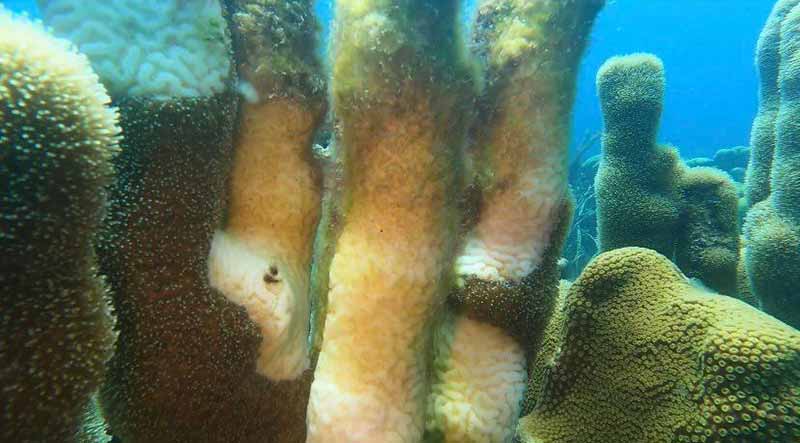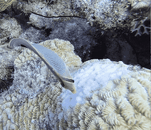I know this was first discussed in the Fall of 2022......but here is the latest today from Bonaire Insider.

 infobonaire.com
infobonaire.com

Fast Moving Coral Disease Alert on Bonaire
Bonaire's reefs are experiencing a fast moving coral diease. As STINAPA monitors the disease, please follow the recommended precautions.





